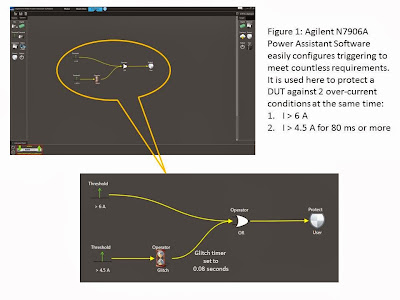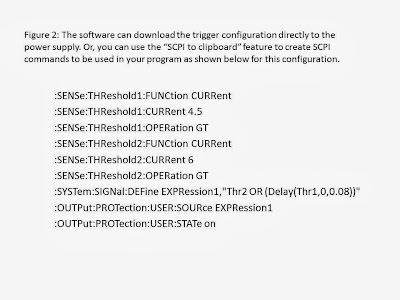There are a number of ways to make current measurements,
including magnetically coupled probes, Hall-effect devices, and even some more
exotic field sensing probes, but a good quality resistive shunt really cannot
be beat in terms of accuracy, bandwidth, and overall general performance.
We likewise make considerable use of high performance
shunts in our DC power products to provide extremely accurate current read-back
of load currents, spanning the full range of output loading. Not only is the
quality and design of the shunt itself critical, but how you treat it and make
use of it are all equally important to get great current measurement
performance. At the surface it may seem simple; it’s just measuring the voltage
drop across a resistor. In reality it is no simple task. It requires
appropriate metrological resources to validate the performance. There are a lot of potential sources of error
to recognize, quantify, and contend with.
When working with folks I sometimes encounter those who
prefer to develop in their own current measurement into their test systems,
instead of relying on the current read-back system already build into their
system DC source. There are times when this is the right thing to do and is
fine when done correctly. However some of the time there is the preconception
that the DC source cannot provide an accurate measurement. The reality is there
is a wide selection of DC sources available spanning a wide range of
performance, Most likely something will be available that adequately addresses
one’s needs. A second issue is, when developing current measurement
capabilities for a test system, is truly recognizing all the potential sources
of error. It goes well beyond having a good DVM and a good shunt resistor in
the test system.
A colleague here in our R&D group, Mark Peffley,
wrote a comprehensive article that was just published. It covers a myriad of
things in depth to be taken into consideration in order to make accurate current
measurements, including:
- Temperature dependencies
- Self-heating and thermal equilibrium
- Temperature gradients
- Thermo-electric effects
- Additional sources of offset errors
- Voltage drop considerations
- Shunt selection practical considerations
- And more!












